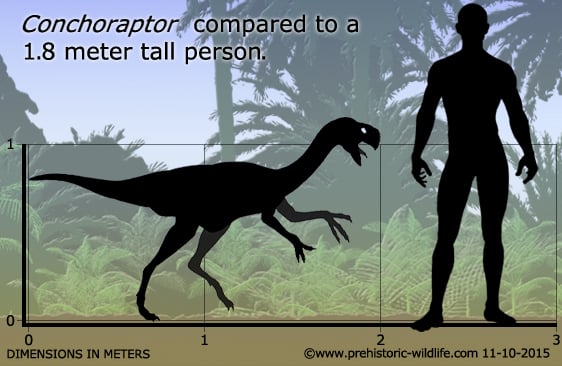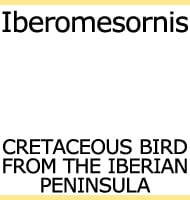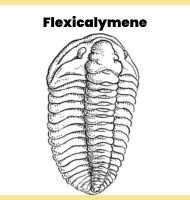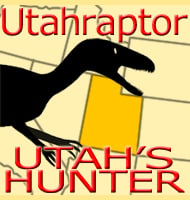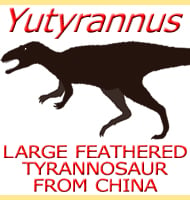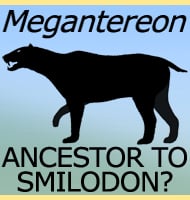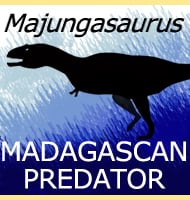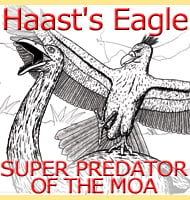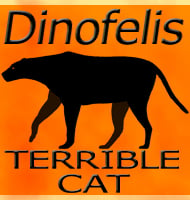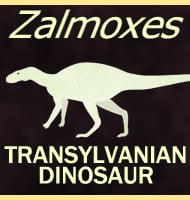In Depth
Originally thought to represent a juvenile Oviraptor, Conchoraptor was established as a distinct genus in 1986. While the snout of the skull is raised like in other oviraptorids, Conchoraptor does not possess a head crest like most other known oviraptorids. Rinchen Barsbold, the palaeontologist who first described Conchoraptor speculated that Conchoraptor, and possibly other oviraptorids may have fed upon molluscs since their beaks would have been well suited to crushing shells. However, it is at this time still impossible to be sure about the diets of oviraptorids given that their beaks could have been used for anything, and only confirmed stomach contents would allow us to be sure about the specific diet of a certain genus
Further Reading
- Raubdinosaurier Oviraptoren, by Rinchen Barsbold. In Herpetologische Untersuchungen in der Mongolischen Volksrepublik. Akademia Nauk SSSR. pp. 210-223. E. I. Vorobyeva (ed). - 1986. - Avian-like attributes of a virtual brain model of the oviraptorid theropod Conchoraptor gracilis. - Naturwissenschaften 94: 499-504. - M. Kundrat - 2007. - Cranial pneumatization and auditory perceptions of the oviraptorid dinosaur Conchoraptor gracilis (Theropoda, Maniraptora) from the Late Cretaceous of Mongolia. - Naturwissenschaften 94:769–778. - M. Kundrat & J. Janacek - 2007.
